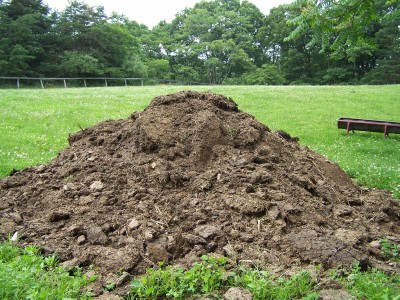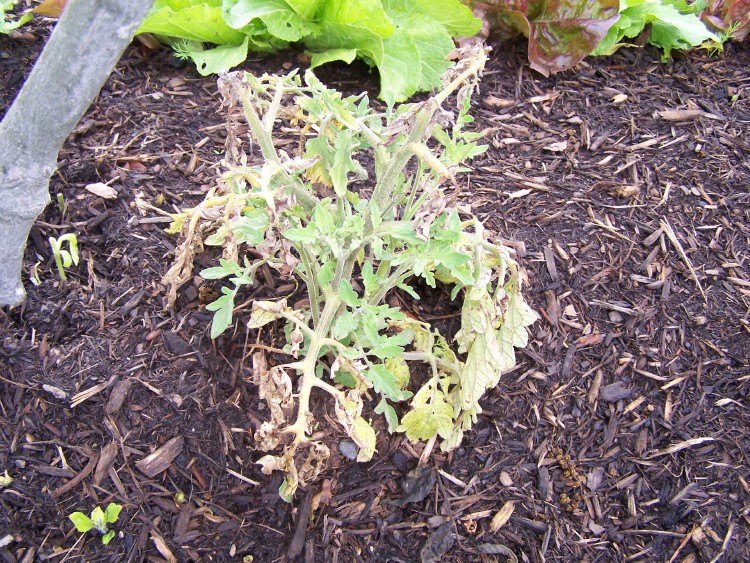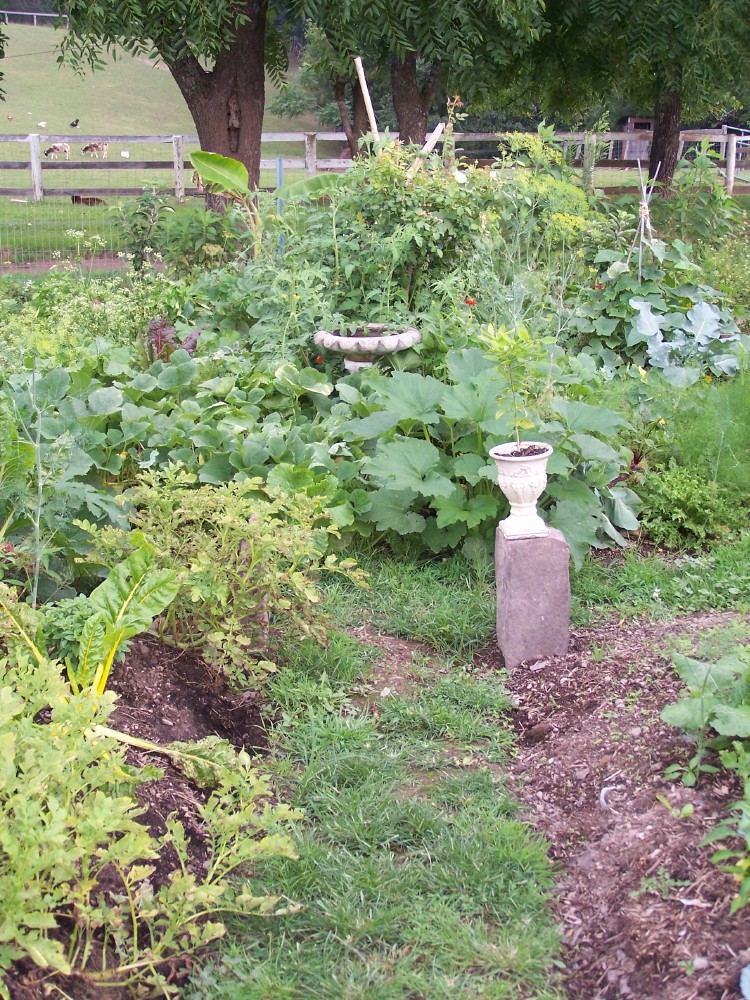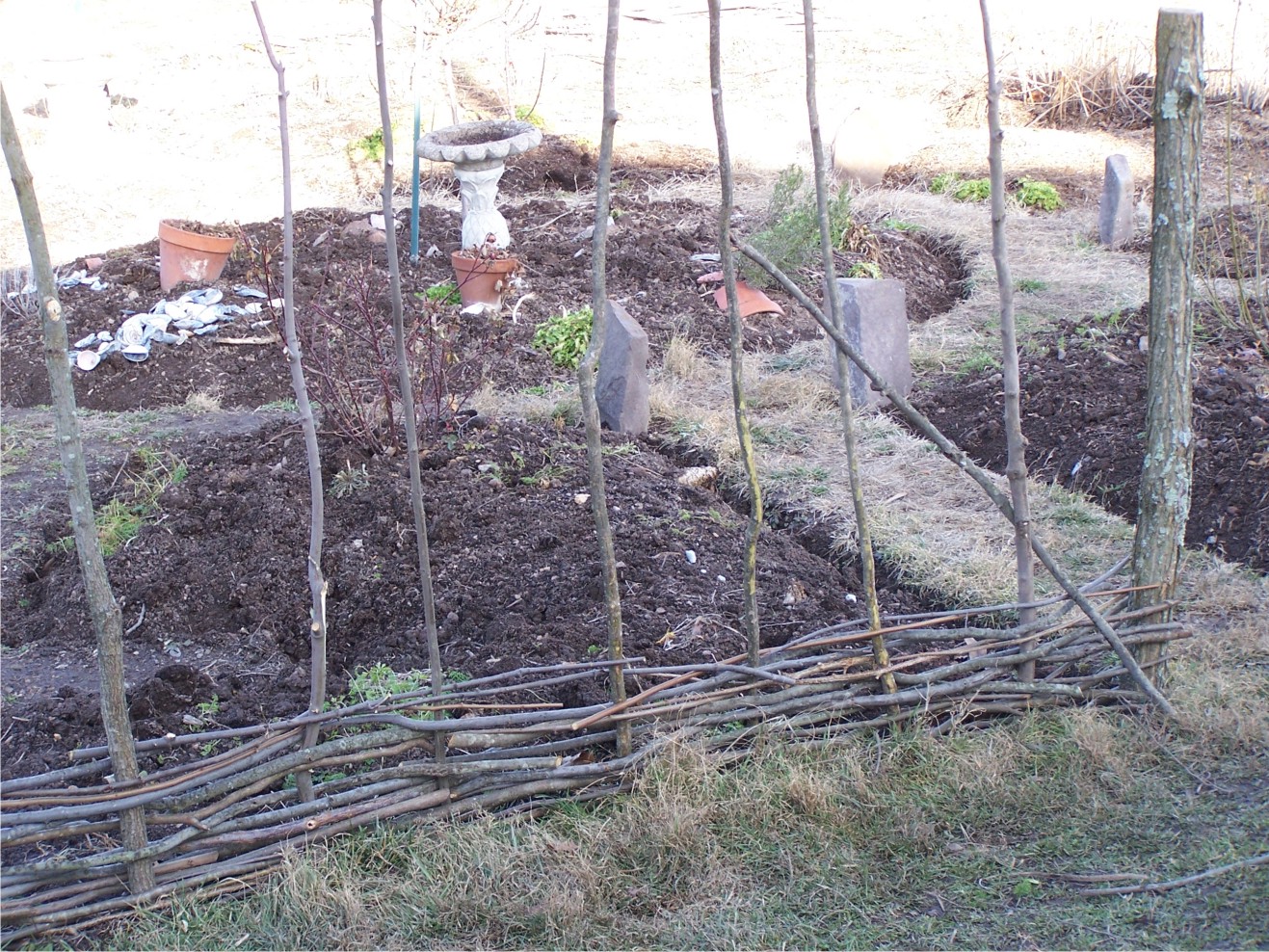The Biggest Little Farm Review
Yesterday we went to the Alamo to watch The Biggest Little Farm. We felt we could relate to the day-to-day activities of this pioneering couple the Chesters, who like us, are trying to develop their land into sustaining cycles of life between the plants and animals in a way that enhances the quality of both.
We bought our 230 acre farm in June, 2000 and they bought theirs about ten years later. While the sizes of the farms are comparable, they seem to have had much more investment income, being able to do very large clearing and excavation projects.
But it is on the daily trials and successes that their story is so moving. Like us, they have predator problems. For them it is mostly coyotes, in our case it is an assortment of possums, raccoons, foxes, snakes and even the periodic fisher that eats our chickens and Bantams. A blue heron even drops in from time to time to eat our fish, and completely cleaned one of our small ponds of Koi. The Chesters solves this in much the same way we do, encouraging the dogs to patrol the animals in their care, with mixed success.
When they state in the movie that they planted over 75 varieties of fruit trees I had to chuckle to myself. Our vineyard has over 20 varieties of grapes, and we have planted about 20 kinds of fruit trees on a property that when we arrived only had only apple tree. We agree with their desire for diversity. Not only do most trees ripen at different times, but some will show more resilience to the specific soil of the area. It is this trial and error process that eventually leads you to the best varieties of trees and plants for you area. Doing this means that you can limit sprays and treatments that would be needed by a weaker plant.
They have solved other problems by seeking solutions that benefit another part of their plant/animal cycle. For example, when inundated with snails that devoured their citrus trees, they released their flock of ducks into the vineyard to devour the pests. Food for the ducks, fertilizer for the trees, and no pesticides. Problem solved. Many of their processes and philosophies echo Sepp Holzer’s permaculture methods, but his name, or the work permaculture, are never mentioned.
We try to solve problems in the same way. I used to spend hours weeding the hoop house (low tunnel), or seeking a safe way to get rid of pests like aphids. Now I pick up the phone and call Moyers chicks for a batch of Broiler chicks. They eat the plants and aphids and I get a fertilized hoop house and 9 weeks later excellent quality chicken. I call this a win-win situation!
The Chesters use this method to solve many of their farm problems, including installing owl houses to control the gopher problem. They found that their farm thrived on the checks and balances of nature and achieving equilibrium. It was a delightful movie.
We have been trying to attain this equilibrium here as well, but we are fighting against the stream. The predators that we have the biggest problems with are ones that have few natural predators to keep them in balance. Snakes abound, and the DNR released rattlers some years back to keep the turkey population in check. As a result the rest of the natural bird population took a hit. We haven’t seen a grouse in years, or quail. DNR states they are concerned about a dwindling Whip-poor-will population, but I wonder if it occurred to them that the snakes might be an issue. Years ago we scarcely saw snakes but this year alone we’ve sighted over two dozen and just this morning had an almost five foot snake in our family room. Still seeking to protect the animals we raise, and always looking for more solutions, just like the Chesters.































